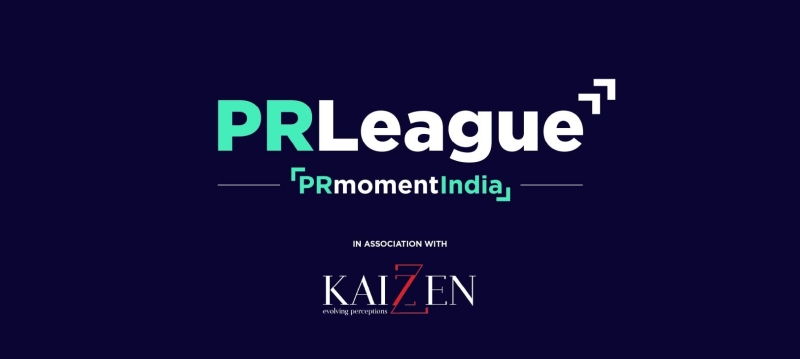Impoverished. Indebted. Forlorn. Desperate and more than a hundred of them. Today, they are free from the fetters of injustice.
They were Indian migrant construction workers who were trapped in Bahrain over a wage dispute with their employer, owing to a travel ban imposed by a Bahraini court when the company they worked for filed an unfair motion against them. That was seven years ago, before the likes of Facebook and Twitter emerged as the vanguards of a future that would connect everyone’s lives and experiences through proactive outreach and messaging.
The distraught workers, confined in Bahrain since 2006, were allowed to return to their Indian homelands last year, just a week after a story appeared in New York as a part of a synchronized global digital movement pushing for their freedom. So, what precipitated their release? The involvement of international media, initiated by a lone journalist who plunged headlong into the campaign after filing a wildfire breaking-news commentary from a seemingly inconspicuous web feed on a seemingly inconspicuous blog.
The emergence of digital and social media as trigger-points for unique media stories, such as this one, bears testimony to the power of a technologically refined society, where journalistic endeavors that are most successful are, more often than not, those that involve the coordinated contributions of many focused and passionate people across multiple media channels. That’s why it is important for communication players to wrap their heads around how journalists identify their sources, consume information and cull out gripping narratives from the vast sea of data spread out across the virtual universe. This was the core rationale behind the recent launch of #MediaInsights, a national study conducted by specialty communications firm, 20:20 MSL in collaboration with the Indian Institute of Mass Communication in New Delhi.
The majority of journalists in India have begun to leverage the social media space in particular, not only to crowd-source content for their stories, but also to play a more proactive role in gauging public opinions during crises and mobilizing public support for campaigns and social causes. In addition, blogs and social media platforms have made a mark as indispensable tools for journalists who are collating research data, sifting through grapevines to verify facts, or validating the authenticity of content for their stories.
Another key insight that has emerged from the study is the fading popularity of press releases as idea generators for journalists who are on a hunt for fresh stories. Nearly 50 per cent of the 309 journalists interviewed during the #MediaInsights study stated that they used less than 10 per cent of the press releases they received. This trend is clearly driven by a growing recognition of the need to develop distinctive content by identifying more innovative touch points across social media, external corporate web pages, interactive communities, blogs and other digital-social platforms.
The trend of journalists competing with an omnipresent new media space, to retain exclusivity in their content, materializes against the backdrop of a steady fragmentation of mainstream news outlets and traditional media channels in India. With a decline in the national readership of English-language publications and magazines, the country is gradually falling in line with the global trend, where audiences scan news feeds on mobile or desktop applications that place them just a few clicks away from organizations, brands, thought leaders and influencers.
It would then be effective for the Indian press to readapt and customize content to the digital space in formats that can run across desktops, tablets and mobile devices, alike. A classic case in point is the move led by the U.K’s Financial Times (FT) to circumvent its readership challenges with the launch of a digital web content strategy and an iPad app that would offer a smooth integration of videos and slide shows with print content on related subjects. With this tactic, the FT managed to migrate content from its print channel to a universal digital platform that did wonders for its audience growth. It’s time for Indian English-language publications to go the FT way.
Shifting preferences for news consumption are propelling journalists to provide a significant value add to retain the loyalty of their audiences. With the onset of computer-assisted reporting and the dispersion of news from the horse’s mouth across platforms like Twitter, the role of a traditional news reporter has become redundant. Instead, the reporter wears the fedora of a storyteller – a most becoming hat in a conversation age, where a good story is a telling narrative that rises above the noise and clutter of all those news hooks that spread like wildfire.
The good news is that digital platforms and social networks can be a journalist’s allies. These cross-functional channels would best serve journalists whose approach to storytelling involves driving and shaping conversations, regardless of the medium of communication. With the advent of self-generated user content, and an ensuing shift in power from content producers to media consumers, it’s all about audience engagement today. And rather conceivably so.
Chetan Mahajan, Managing Director of 20:20 MSL
THE PR LEAGUE INDIA 2025
PRmoment India's premier high-stakes team competition for India's brightest PR and comms talent
AWARDSIf you enjoyed this article, you can subscribe for free to our weekly event and subscriber alerts.
We have four email alerts in total - covering ESG, PR news, events and awards. Enter your email address below to find out more:






